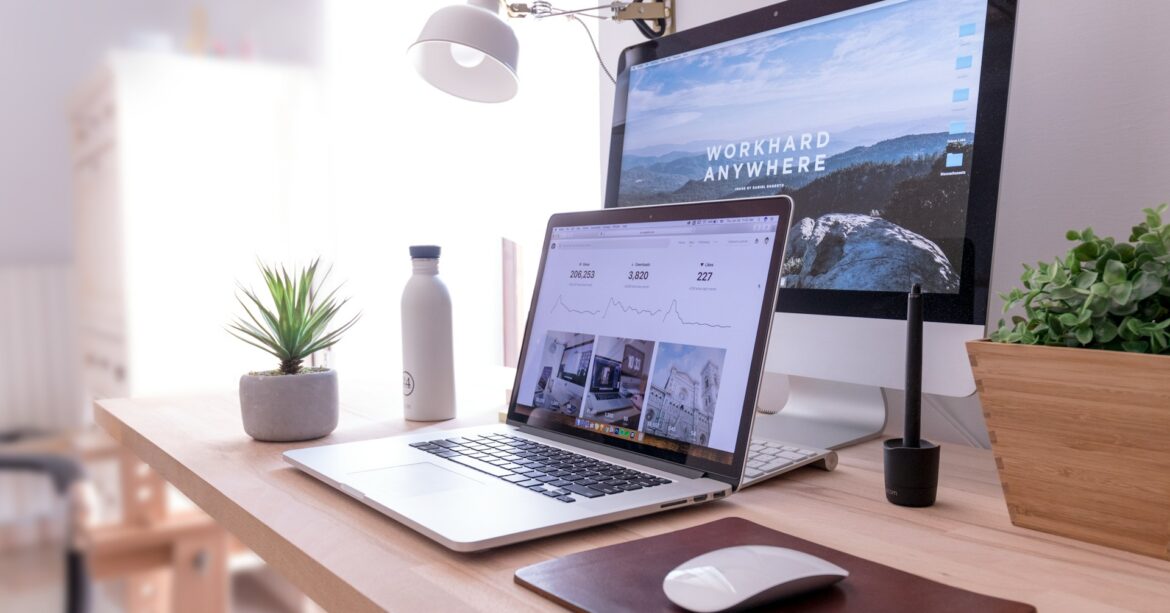Think about how people interact with your website. Some use laptops, some browse on phones, and others rely on screen readers or keyboard navigation. If your website isn’t accessible, some people will struggle to use it or leave before they find what they need.
Website accessibility removes those barriers so everyone can use your site. It includes people with vision or hearing challenges, mobility issues, or temporary situations, such as a broken arm. Making your site accessible shows that you care about all your users, and is also good for business.
Table of Contents
A Website That Works for Everyone Builds Trust
When someone visits your site and finds it easy to use, they feel welcome. That experience builds trust and makes them more likely to return or recommend your business to others.
For example, adding alt text to images gives context to people using screen readers. And choosing a strong colour contrast makes your text easier to read for people with limited vision. These small changes make a big difference and show that your business cares about all of its customers.
Accessibility Improves the User Experience
Accessibility features help everyone, not just people with disabilities. Simple navigation, readable fonts, and clear layouts make browsing easier for all users.
Older customers, mobile users, and people trying to view your site in bright light all benefit from accessible design. When visitors can quickly find what they need, they are more likely to stay on your site, sign up for a service, or make a purchase.
How Accessibility Helps SEO
Making your site accessible often helps it perform better in search engines. Adding descriptive alt text, using proper heading structures, and writing clear link text improve how search engines read and rank your content. That means better visibility and more potential customers finding your business online.
Accessibility also reduces risk. In Canada, many businesses are expected to meet accessibility standards. Addressing accessibility now helps you avoid compliance problems and improves your reputation.
How to Make Your Website More Accessible
Improving accessibility does not mean starting over. Here are a few simple steps you can take:
- Add alt text to images: Describe images for people using screen readers.
- Use descriptive links: Replace “click here” with text that explains what the link leads to.
- Check colour contrast: Ensure text is readable against background colours.
- Enable keyboard navigation: Many users rely on keyboards instead of a mouse.
- Add captions to videos: Helps people who are deaf or hard of hearing.
These updates improve usability for everyone while also supporting SEO and conversion rates.
Do Not Forget Mobile Users
More than half of website traffic now comes from mobile devices. A mobile-accessible website features readable text, clickable buttons, and layouts that adjust to different screen sizes.
A smooth mobile experience reduces frustration and makes it easier for people to connect with your business, no matter where they are or what devices they use.
Accessibility Is Ongoing
Website accessibility is not a one-time task. As your site grows and changes, you need to keep testing it and improving it. New content and features must also meet accessibility standards.
Working with experienced professionals can make this easier. An accessibility audit can show you where your site falls short and provide a plan for improvements.
Make Your Website Work for Everyone
Your website is an important part of your business. It reflects how you operate, how much you value your customers, and how easy you make it for them to work with you.
If your site isn’t accessible, you could be losing visitors and missing opportunities to build trust.
For businesses looking to improve their websites, Begin With B can help. We design and build websites focused on accessibility, usability, and results.
Let’s make your website work for everyone. Contact us today.


